By Ayanda Dlamini
Calling upon all the coffee rookies and budding baristas: have you ever felt like the world of coffee grind sizes is a mystifying maze, designed to baffle the fresh-faced enthusiasts?
Well, this guide is your ticket to smoother conversations and helping coffee lovers decode the grind game without the awkwardness. It's time to demystify this caffeinated puzzle and help you embrace the grind – pun intended. We're about to turn your coffee journey from a wild guessing game into an exact science, grab your mug, settle in, and prepare to unlock the secrets of the coffee grind sizes without breaking a sweat (or a grinder).
Coffee is a diverse beverage, and its flavour profile can be greatly influenced by the grind size of the coffee beans. To achieve the perfect cup of coffee, one must consider the grind type that complements their chosen brewing method. This is important because, an essential part to good coffee is determined by the way water extracts flavour from the coffee.
In light of keeping things simple and less intimidating, we will explore the 5 main grind types you need to know:
Fine Grind
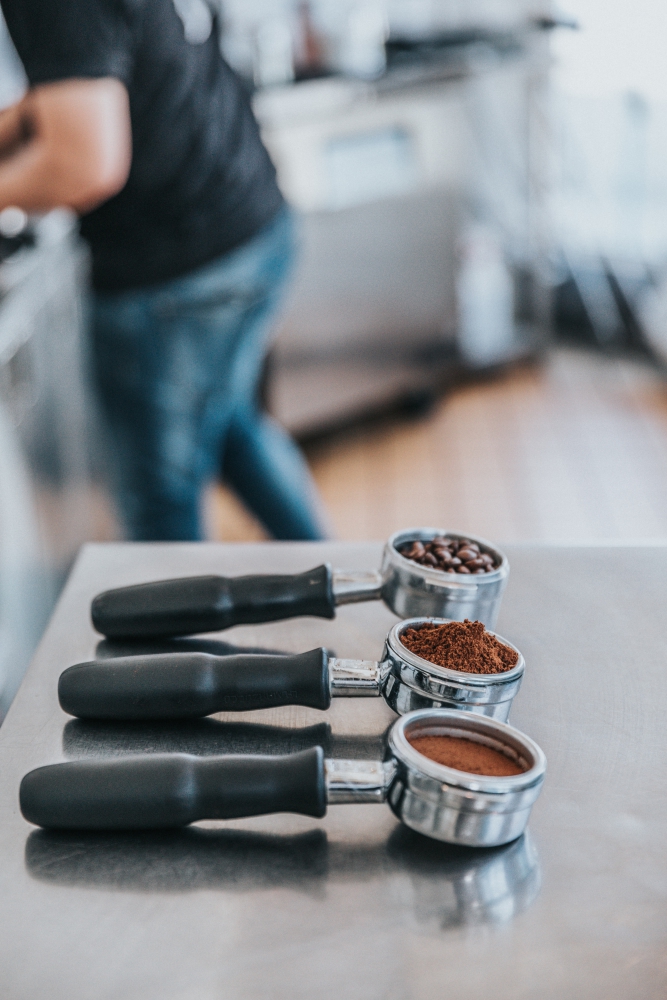
Photo by Nathan Dumlao on Unsplash
When talking about a fine grind. Think almost powder fine. This is typically in reference to the grind you’ll use for an espresso machine. This is because espresso requires a steady yet quick extraction process, and a fine grind provides the necessary surface area for the water to pass through the coffee efficiently. The result is a concentrated shot of rich and aromatic coffee with a layer of crema on top.
Medium Fine Grind
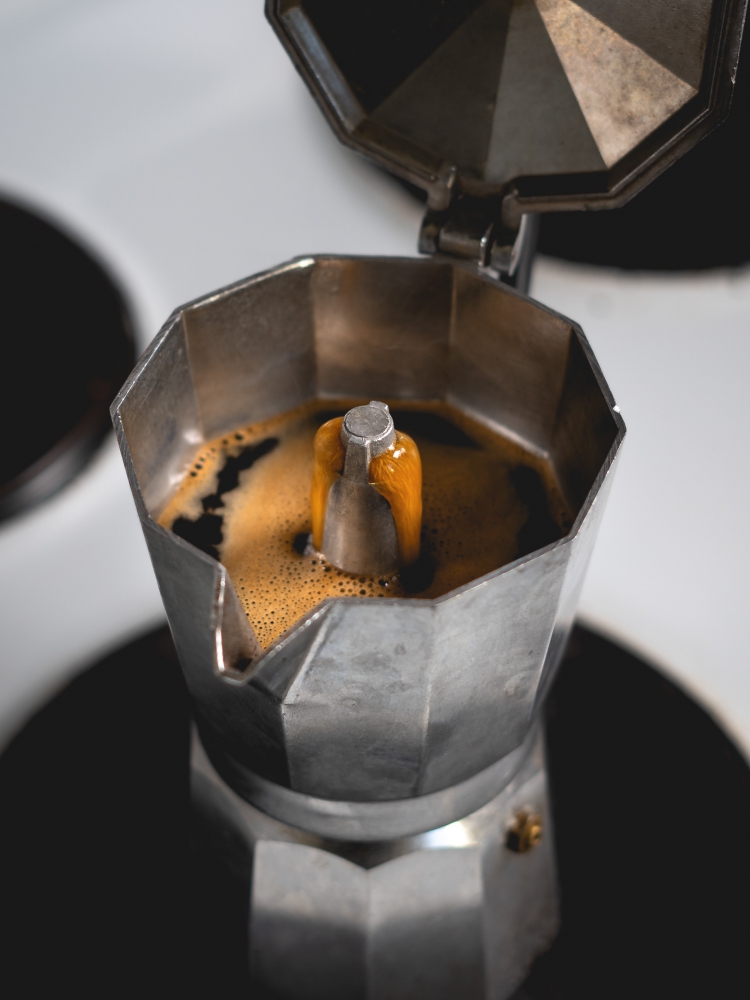
This could be compared to table salt and says that it is good for all brewing methods that bring out the body and richer notes of coffee. Good for brewing equipment like the moka pot, AeroPress and home-espresso machines.
Medium Grind
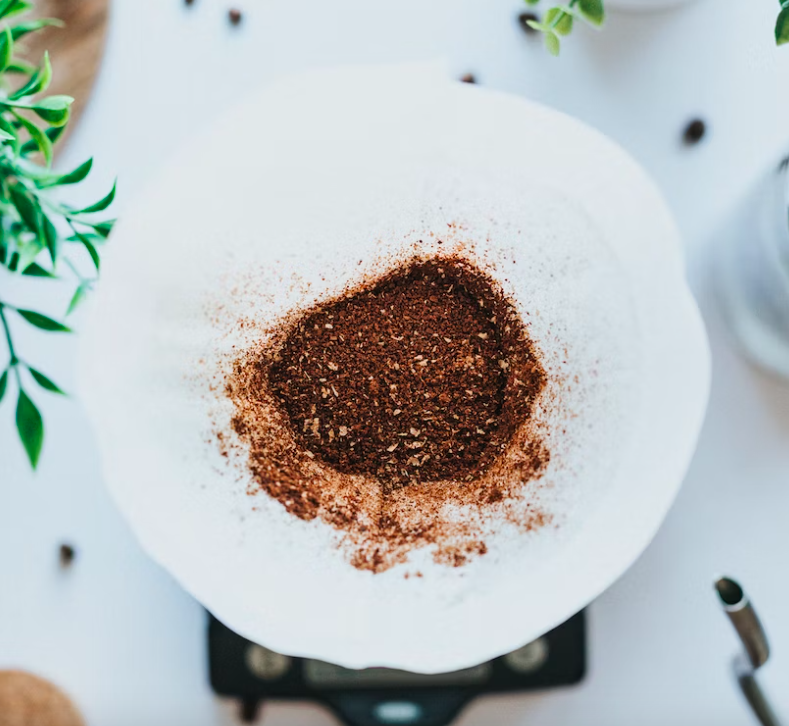
The medium grind is the classic grind size suited for drip coffee makers and pour-over methods (Chemex, V60). It is coarser than table salt and resembles tea dust (like you find in teabags). The medium grind provides a well-balanced extraction, allowing for the coffee’s natural flavours to shine without over-extraction or bitterness.
Coarse Grind
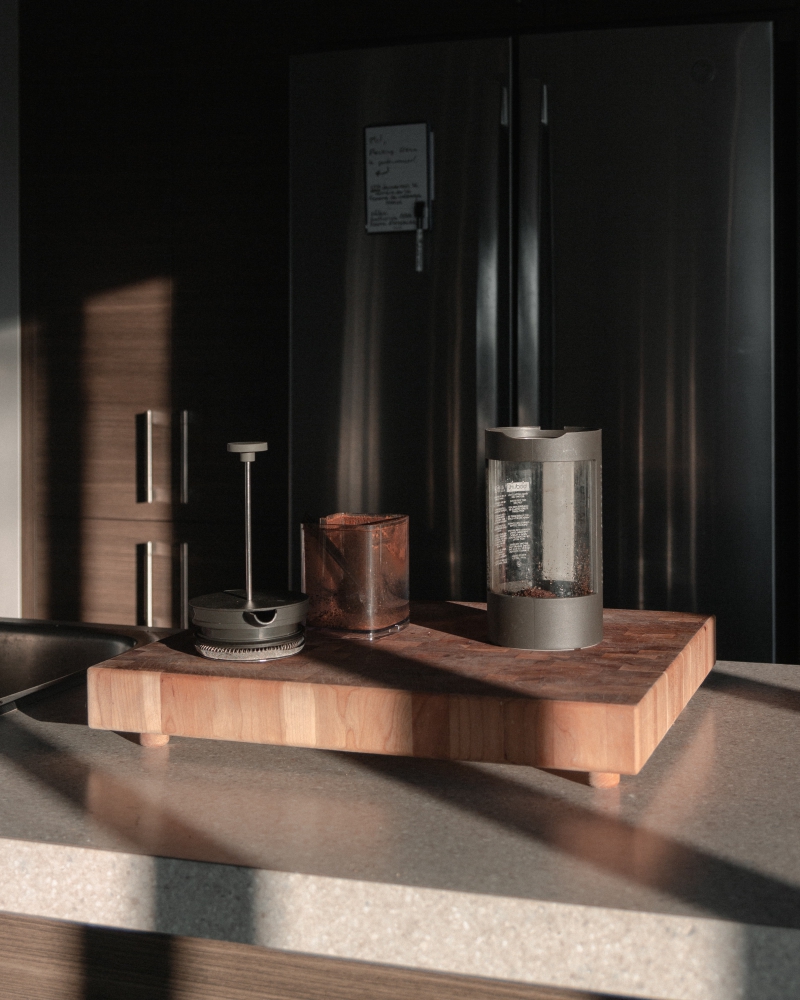
Coarse grind coffee beans have a consistency similar to desiccated coconut and this is a favourite for French press. This grind size allows for a slower extraction process, resulting in a robust, full-bodied cup of coffee. Coarse grinds are characterized by their larger particles, which prevent fine particles from passing through the filter, producing a clean brew.
Extra Coarse Grind
Extra coarse coffee grinds resemble large breadcrumbs and are typically used for one specific method – cold brewing. Cold brew coffee involves steeping coarsely ground beans in cold water for an extended period, often 12 hours or more. The larger particles prevent over-extraction and result in a smoother, less acidic coffee concentrate.
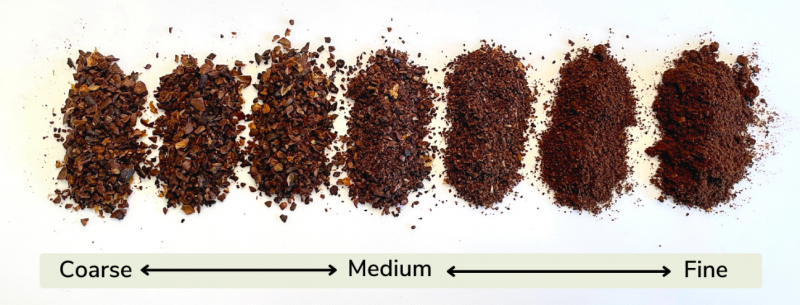
Whether you prefer the slow immersion of a French press or the swift extraction of espresso, the grind size plays a pivotal role in crafting your favourite daily brew. Now with your newfound knowledge, you can now confidently stride up to the counter, order your coffee with a smug grin, and maybe even impress the barista with your coffee jargon.No longer shall you shy away from the grind, for you are now a grind guru.